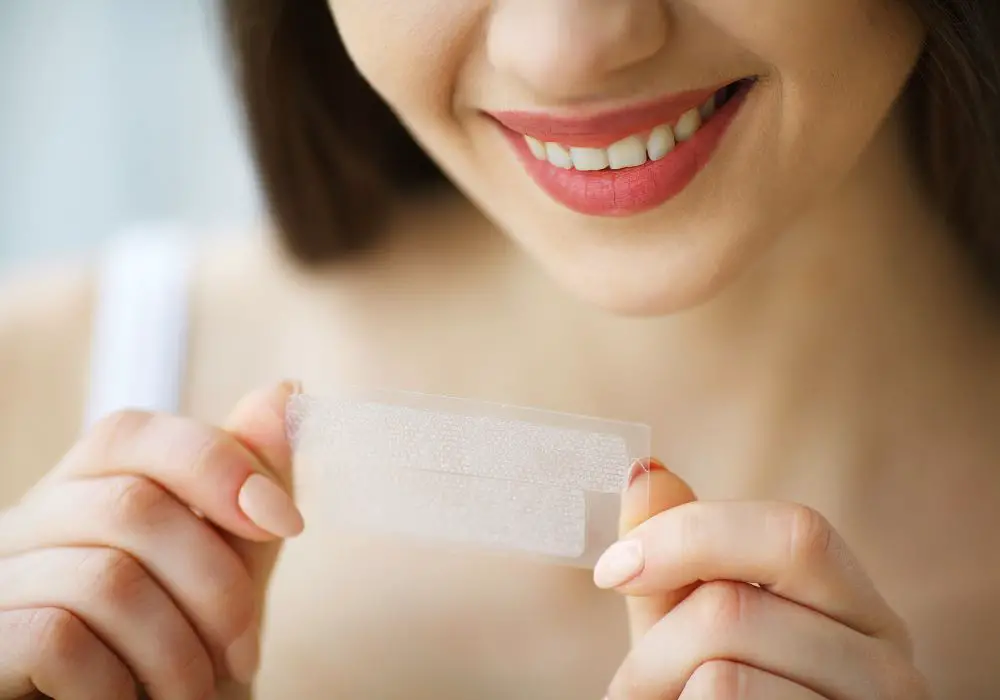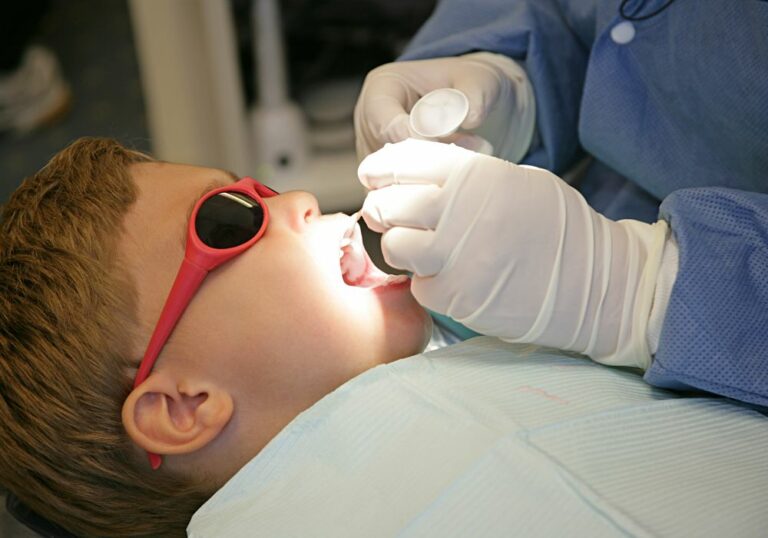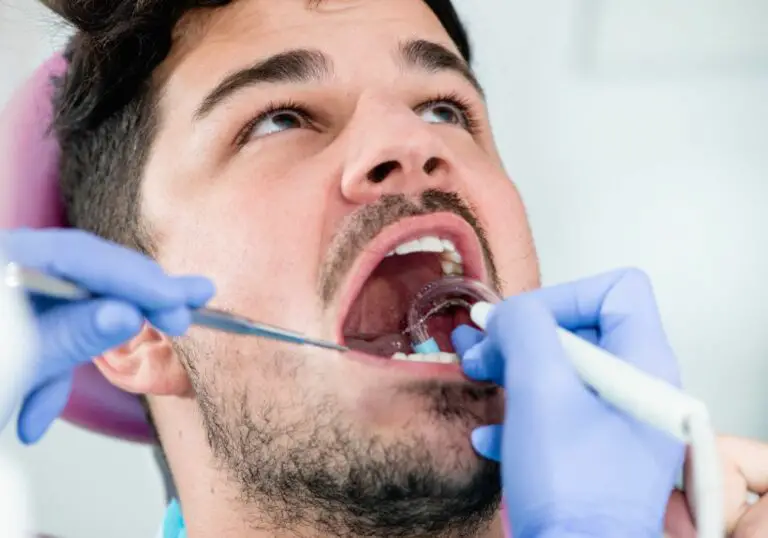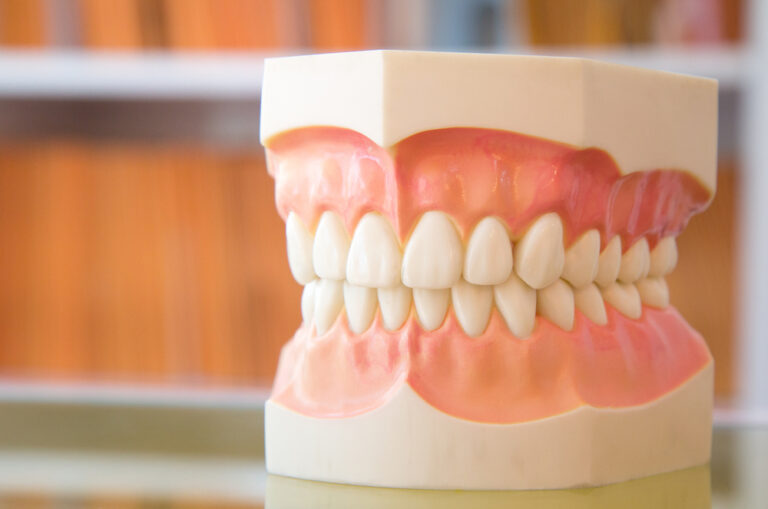Are you considering using teeth whitening strips to brighten your smile? While these strips can be an effective way to remove surface stains from your teeth, there are certain situations when they may not be the best choice. It’s important to understand when it’s not appropriate to use teeth whitening strips to avoid potential damage to your teeth and gums.
One situation when you should avoid using teeth whitening strips is if you have sensitive teeth. The chemicals in the strips can cause discomfort or even pain if your teeth are already sensitive. Additionally, if you have any cavities or other dental issues, it’s important to address those before using whitening strips. Whitening your teeth before addressing underlying dental problems can exacerbate those issues and cause further damage.
Another situation when you should avoid using teeth whitening strips is if you have dental restorations such as fillings, crowns, or veneers. The whitening strips only work on natural teeth and can cause uneven coloration if used on teeth with restorations. In some cases, using whitening strips on dental restorations can even damage them, leading to costly repairs or replacements.
Understanding Teeth Whitening Strips

What Are Teeth Whitening Strips?
Teeth whitening strips are a popular at-home dental product used to remove stains from and whiten teeth. They are thin, flexible pieces of plastic coated with a gel that contains a bleaching agent, usually hydrogen peroxide. The strips are placed over the teeth and left on for a certain amount of time, typically between 5 and 30 minutes, depending on the brand and strength of the product.
Teeth whitening strips come in various strengths and are available over-the-counter at most drugstores. They are generally considered safe and effective for most people, but there are some situations in which they should not be used.
How Do They Work?
Teeth whitening strips work by penetrating the enamel of the teeth to break down and remove stains. The bleaching agent in the gel oxidizes the pigments in the stains, causing them to become colorless or less visible. The longer the strips are left on, the more effective they will be at removing stains and whitening teeth.
It is important to follow the instructions carefully when using teeth whitening strips to avoid damaging the teeth or causing sensitivity. Overuse or misuse of the strips can lead to tooth sensitivity, gum irritation, and even damage to the enamel.
While teeth whitening strips are generally safe and effective, there are some situations in which they should not be used. These include:
- Children under the age of 12
- Pregnant or breastfeeding women
- People with sensitive teeth or gums
- People with dental restorations, such as fillings, crowns, or veneers
- People with untreated cavities or gum disease
If you are unsure whether teeth whitening strips are safe for you to use, it is best to consult with your dentist before trying them. They can help you determine the best course of action for achieving a brighter, whiter smile.
Potential Risks of Using Teeth Whitening Strips
Teeth whitening strips are a popular at-home solution for achieving a brighter smile. However, there are potential risks associated with using them. It’s important to be aware of these risks before using teeth whitening strips to avoid any negative consequences.
Tooth Sensitivity
One of the most common side effects of using teeth whitening strips is tooth sensitivity. This occurs when the peroxide in the strips penetrates the enamel and reaches the dentin layer of the tooth. The dentin layer contains tiny tubes that lead to the nerve of the tooth, causing sensitivity.
To avoid tooth sensitivity, it’s recommended to use teeth whitening strips for the recommended amount of time and frequency. Overuse of these strips can lead to increased sensitivity and even damage to the tooth enamel.
Gum Irritation
Another potential risk of using teeth whitening strips is gum irritation. This occurs when the peroxide in the strips comes into contact with the gums, causing inflammation and discomfort.
To avoid gum irritation, it’s important to follow the instructions carefully and avoid placing the strips too close to the gum line. If you do experience gum irritation, discontinue use of the strips and consult with your dentist.
In summary, while teeth whitening strips can be an effective way to achieve a brighter smile, it’s important to be aware of the potential risks associated with their use. By following the instructions carefully and using them in moderation, you can minimize the risks and enjoy a brighter, healthier smile.
When Not to Use Teeth Whitening Strips

Teeth whitening strips are a popular way of brightening your smile at home. However, there are certain situations where you should avoid using them. In this section, we will discuss the three main situations when you should not use teeth whitening strips.
During Pregnancy
If you are pregnant or breastfeeding, it is recommended that you avoid using teeth whitening strips. This is because the safety of teeth whitening strips during pregnancy has not been established. Also, the chemicals in the strips may be harmful to your baby.
Underage Usage
Teeth whitening strips are not recommended for children under the age of 12. This is because their teeth are still developing, and the chemicals in the strips may cause damage to their teeth and gums. If you are between the ages of 12 and 18, you should only use teeth whitening strips under the supervision of a dentist.
Existing Dental Conditions
If you have any existing dental conditions, such as gum disease, tooth decay, or sensitive teeth, you should avoid using teeth whitening strips. The chemicals in the strips may irritate your gums and make your teeth more sensitive. Also, if you have any dental restorations, such as fillings, crowns, or veneers, the strips may not whiten them evenly, resulting in uneven coloration.
In conclusion, if you are pregnant or breastfeeding, under the age of 12, or have any existing dental conditions, you should avoid using teeth whitening strips. It is always best to consult with your dentist before using any teeth whitening products to ensure that they are safe for you to use.
Alternative Teeth Whitening Methods
If you’re not comfortable using teeth whitening strips, there are several alternative methods you can try to brighten your smile. Here are two options to consider:
Professional Dental Whitening
Professional dental whitening is a safe and effective way to whiten your teeth. Your dentist can provide in-office treatments that use stronger whitening agents than those found in over-the-counter products. In-office treatments can also be customized to address specific staining issues.
Professional dental whitening can be expensive, but the results are often more dramatic and longer-lasting than those achieved with at-home methods. If you’re considering this option, talk to your dentist about whether it’s right for you.
At-Home Natural Remedies
If you prefer a more natural approach to teeth whitening, there are several at-home remedies you can try. Keep in mind that these methods may not be as effective as professional whitening treatments, and they may take longer to produce results.
One popular at-home remedy is oil pulling. This involves swishing a tablespoon of coconut oil or another edible oil in your mouth for 15-20 minutes a day. Proponents claim that oil pulling can remove toxins and bacteria from your mouth, leading to whiter teeth.
Another option is to brush your teeth with baking soda. Baking soda is mildly abrasive and can help remove surface stains from your teeth. Mix a small amount of baking soda with water to create a paste, then brush your teeth with the paste for 2-3 minutes.
Remember, while these natural remedies may be gentler on your teeth than chemical whitening agents, they can still cause damage if used improperly. Always talk to your dentist before trying any new whitening method.
Precautionary Measures Before Using Teeth Whitening Strips

Teeth whitening strips have become a popular choice for people who want to brighten their teeth at home. However, it is important to take certain precautions before using these strips to ensure your safety and avoid any potential issues.
Firstly, it is recommended that you consult with your dentist before using any teeth whitening products, including strips. This is especially important if you have any dental issues, such as cavities or gum disease, as whitening products can exacerbate these conditions.
Secondly, it is important to carefully read and follow the instructions provided with the teeth whitening strips. Overuse or misuse of these products can lead to tooth sensitivity, gum irritation, and even damage to the enamel of your teeth.
Additionally, it is important to choose a reputable brand of teeth whitening strips that has been approved by dental associations, such as the American Dental Association (ADA). This can help ensure that the product is safe and effective.
Before using teeth whitening strips, it is also recommended that you brush your teeth thoroughly to remove any plaque or food particles that may interfere with the whitening process. However, it is important to avoid brushing too hard, as this can cause gum irritation.
Finally, it is important to be patient when using teeth whitening strips. Results may take several weeks to become noticeable, and overuse of the product can lead to negative side effects. Stick to the recommended usage instructions and be consistent in your application to achieve the best results without compromising your oral health.
Frequently Asked Questions
Are there any situations where it’s not safe to use teeth whitening strips?
Yes, there are certain situations where you should not use teeth whitening strips. If you have sensitive teeth, gum disease, or any other dental problems, you should consult with your dentist before using whitening strips. Additionally, if you are pregnant or breastfeeding, it is recommended that you avoid using teeth whitening strips.
What are the potential risks of using teeth whitening strips?
The potential risks of using teeth whitening strips include tooth sensitivity, gum irritation, and damage to your tooth enamel. It is important to follow the instructions carefully and not to leave the strips on for longer than recommended.
Can teeth whitening strips damage your enamel?
Yes, if used improperly, teeth whitening strips can damage your enamel. It is important to follow the instructions carefully and not to leave the strips on for longer than recommended. If you experience any pain or discomfort while using the strips, stop using them and consult with your dentist.
Are there any side effects of using teeth whitening strips?
The most common side effect of using teeth whitening strips is tooth sensitivity. This usually goes away within a few days after you stop using the strips. Some people may also experience gum irritation or white spots on their teeth.
Can teeth whitening strips make your teeth more sensitive?
Yes, teeth whitening strips can make your teeth more sensitive. This is because the active ingredient in the strips, hydrogen peroxide, can penetrate the enamel and irritate the nerves in your teeth. If you experience sensitivity while using the strips, stop using them and consult with your dentist.
Is it safe to use teeth whitening strips if you have dental work like braces or a retainer?
If you have dental work like braces or a retainer, it is recommended that you avoid using teeth whitening strips. The strips may not be able to whiten the areas around the brackets or wires, and they may also damage the dental work. It is best to consult with your orthodontist before using any whitening products.







